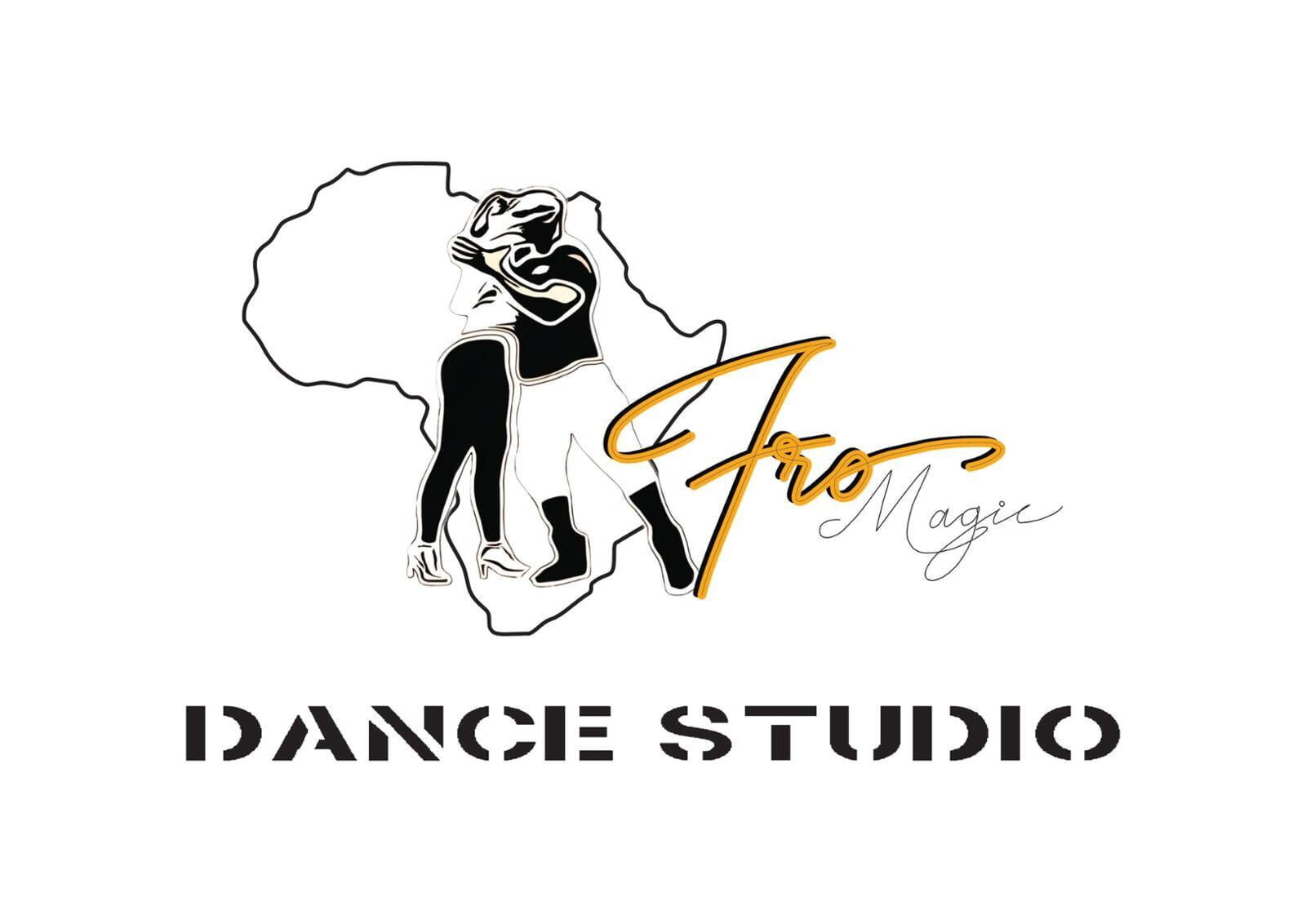WEEKLY KIZOMBA SCHEDULE
TUESDAY CLASS
KIZOMBA/URBANKIZ BEGINNERS /IMPROVERS PROGRESSIVE CLASS
**No partner needed to participate **
Time: 8:30pm - 9.30pm ( Class with Magic Mike)
Reservation required for this class limited spots.
Charges :
DROP IN $15.
RESERVATION :
Contact : Email: afromagic69@gmail.com
☎️ : 4802999962
(10 class package available at discounted rate)
THURSDAY
KIZOMBA/URBANKIZ THURSDAY
CLASS + Mini social !!!
BEGINNERS /IMPROVERS /INTERMEDIATE PROGRESSIVE CLASSES AVAILABLE
**No partner needed to participate **
BEGINNER LEVEL
Time: 7:30pm - 8.30pm
( NO PARTNER REQUIRED TO ATTEND )
Class with Magic Mike assisted with Cami
INT/ADVANCE LEVEL
Time: 8:30pm - 9.30pm
( NO PARTNER REQUIRED TO ATTEND )
Class with Magic Mike
Reservation required to attend this classes!
Book your spot through CashApp link below:
https://cash.app/$kizombamagic
Charges :
DROP IN $15 with prepaid reservation
(Class package available at a discount )
$20 without reservation
👉🏿What is Kizomba Dance?
Is one of the most popular genres of dance and music originating in Angola. It mixes influences of traditional semba with Angolan merengue and Kilapanda (traditional Angolan music). On this basis, Kizomba music emerged as a more modern music genre with a sensual touch mixed with African rhythm. Unlike semba, kizomba music is characterised by a slower and usually very romantic rhythm, sung generally in Portuguese.
👉🏿What is UrbanKiz:
is a couple-dance that originated in France somewhere between 2000 and 2014 (Famous Dancer Moun Red claims to be dancing since 2008, (not known if he referred to Urban Kiz)). Urban Kiz is short for Urban Kizomba, but in speech one hardly ever refers to Urban Kizomba. Around 2015 the dance still went under various different names, such as: French Style, New Style, Neo-Kizomba, because no consensus was reached on a final name. The dance style evolved from Kizomba, when Kizomba music was influenced by urban music styles such as R&B, Rap, Dance and Hip Hop[1]. As the music changed, the dancers made new interpretations on how to move on this music. The main difference with Kizomba is that the dancers generally have a larger distance between them and often don't have the chest-to-chest connection as is common with Kizomba. The figures made often also require movement along straight lines or changing direction only at perpendicular angles or reversing direction. Pivots and pirouettes of the lady are also more common in Urban Kiz than in Kizomba, although they did appear in Kizomba and especially in Semba (Kizomba was derived mainly from Semba influences), but not as much, since the chest-to-chest frame did not allow for it as much. The Urban Music is also characterized with a more dynamic change of pace, so in Kizomba one sees more slow transitions, accelerations and breaks (standing still in one pose). Contratempos are also often performed and preferably in sync with the Kizomba-beat. Characteristic for Urban Kiz are also the feint movements of the legs of the men and the hip movements or popping of the lady especially on tarraxinha-like music.
" IF YOU CAN MOVE YOU CAN DANCE "
Subscribe to our Newsletter
Stay informed about our latest updates through email. Subscribe here.
